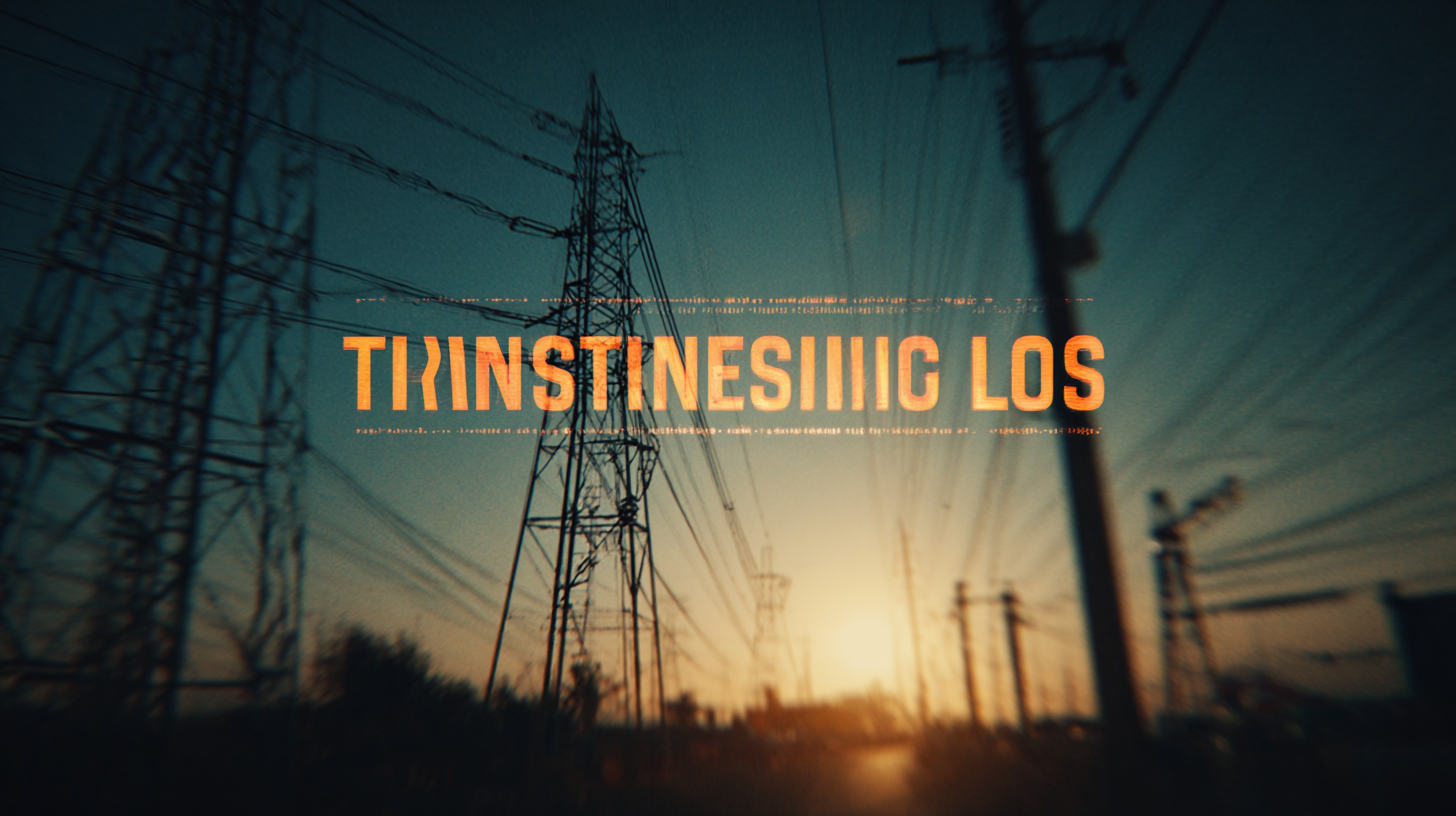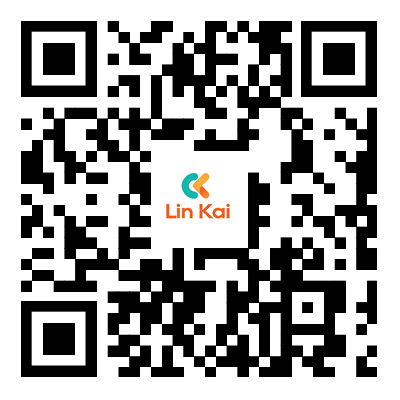Discovering the Future of Best Transmission Line Stringing Tools in the 2025 Industry Landscape
As we look towards the evolving landscape of the utility and construction industries, the significance of advanced Transmission Line Stringing Tools cannot be understated. According to a recent market research report from Technavio, the global transmission line construction market is expected to grow by over $18 billion from 2021 to 2025, highlighting a surge in infrastructure developments and the need for innovative tools. The drive for efficiency and safety in stringing operations has prompted manufacturers to invest heavily in research and development, leading to the introduction of cutting-edge technologies. With increasing demand for reliable power transmission and the expansion of renewable energy sources, understanding the future trends and applications of Transmission Line Stringing Tools becomes essential for industry stakeholders. This blog will explore the 2025 industry landscape, showcasing product innovations and case studies that exemplify how these tools are revolutionizing transmission line projects globally.

The Evolution of Transmission Line Stringing Tools: Trends and Innovations
The evolution of transmission line stringing tools has seen remarkable advancements over the past few years, driven primarily by technological innovations and the increasing demands of the energy industry. As utility providers strive for greater efficiency and reliability, new stringing methods have emerged that leverage automation and smart technology. Enhanced materials are also being utilized to create lighter, more durable tools, which not only facilitate easier handling but also improve safety during installation processes.

In 2025, we can expect to witness a significant shift towards integrated solutions that utilize IoT (Internet of Things) capabilities, allowing for real-time monitoring and data collection during stringing operations. These innovations will help identify potential issues before they become problematic, enhancing project timelines and reducing downtime. Furthermore, advancements in drone technology are likely to play a crucial role in surveying and monitoring transmission lines, ensuring that stringing tools are utilized most effectively. As the industry adapts to these trends, the future of transmission line construction looks to be more efficient, safe, and interconnected than ever before.
Key Features of Advanced Stringing Tools: A Comprehensive Overview
In the rapidly evolving energy sector, the importance of advanced transmission line stringing tools cannot be overstated. As we look towards the landscape of 2025, industry reports indicate that the global market for these tools is projected to grow at a CAGR of over 7% due to rising demand for enhanced infrastructure and efficient energy distribution systems. Key features of these advanced stringing tools include smart technology integration, improved safety mechanisms, and high tensile strength materials. These innovations not only minimize downtime but also enhance productivity on project sites.
Recent studies highlight that tools equipped with IoT capabilities allow for real-time monitoring and data analytics, thereby streamlining operations and reducing operational costs. According to a 2023 report by the Energy Transmission Association, projects utilizing modern stringing techniques saw a 15% increase in efficiency and a significant decrease in manual labor requirements. Additionally, advancements in ergonomic designs have led to reduced fatigue among workers, promoting a safer work environment. As the industry shifts towards more sustainable and efficient practices, these key features will be essential for contractors aiming to remain competitive in the burgeoning market.
Comparative Analysis of Tool Types: Efficiency and Performance Metrics
In the ever-evolving landscape of the transmission line industry, selecting the right stringing tools has become paramount. A comparative analysis of various tool types reveals significant variations in efficiency and performance metrics, which can profoundly impact project timelines and costs. As tools evolve, understanding their capabilities allows professionals to make informed choices that align with the specific demands of their projects.
Efficiency is often measured by a tool's ability to reduce setup time and labor costs while enhancing speed and accuracy during the stringing process. For instance, hydraulic vs. electric tensioners show contrasting performance metrics, with hydraulic options generally offering greater force output but potentially at the expense of portability. Additionally, advancements in materials and design, such as composite pulleys and automated guides, contribute to a more streamlined operation. As we look towards 2025, embracing these innovations will be critical in optimizing performance and meeting the increasing demands of the energy sector.
Market Demand Projections for 2025: Insights into Industry Growth and Adaptation
As industries gear up for continued growth in 2025, it is essential to analyze market demand projections that can inform investment decisions and strategic planning. The transmission line stringing tools market, like many other sectors, is poised to benefit from increasing infrastructural development and energy demands. With a growing emphasis on renewable energy sources, there is a heightened need for effective transmission systems, which will drive the demand for advanced stringing tools designed for efficiency and safety.
Alongside emerging trends in the transmission sector, similar growth patterns are observed in other industries. For instance, the global market for platform screen doors is projected to grow significantly, reflecting a 7.79% compound annual growth rate from 2025 to 2033, driven by urbanization and advancements in safety technology. Moreover, the aluminum foil market is set to experience a robust increase in value due to rising packaging needs. These complementary growth trajectories across various sectors underscore the interconnected nature of industrial advancements and the importance of leveraging insights into market dynamics to make informed decisions for the future.
Market Demand Projections for Transmission Line Stringing Tools in 2025
Regulatory Standards Shaping the Future of Transmission Line Tools in 2025
In the rapidly evolving landscape of transmission line construction, regulatory standards are playing a pivotal role in shaping the future of stringing tools. As we move toward 2025, industry regulations are becoming increasingly stringent to ensure safety and efficiency. These standards not only mandate specific performance criteria but also emphasize environmental sustainability, pushing manufacturers to innovate and adapt their tools. The integration of advanced materials and smart technologies is becoming essential for compliance, promising enhanced durability and performance in challenging conditions.
Moreover, as electric grid infrastructure scales to meet growing energy demands, regulatory frameworks are emphasizing precision and reliability in stringing operations. Tools that facilitate accurate tensioning and alignment are now prioritized, ensuring that projects adhere to both safety protocols and operational efficiency. This shift is likely to drive investments in research and development, as companies strive to create cutting-edge solutions that comply with evolving regulations while also maximizing productivity in the field. By 2025, we can expect a revolution in transmission line stringing tools, reflecting the industry's commitment to meeting regulatory demands while advancing technological capabilities.
Discovering the Future of Best Transmission Line Stringing Tools in the 2025 Industry Landscape
| Tool Type |
Material Used |
Weight (kg) |
Max Load Capacity (kN) |
Applicable Regulations |
| Stringing Block |
Aluminum |
25 |
200 |
ISO 9001 |
| Tensioner |
Steel |
50 |
300 |
OSHA Standards |
| Pulling Equipment |
Synthetic Rope |
15 |
150 |
IEC 61936 |
| Cable Roller |
Polyethylene |
10 |
120 |
ANSI/IEEE C2 |
| Anchor Tool |
Fiberglass |
30 |
180 |
IEC 62047 |










